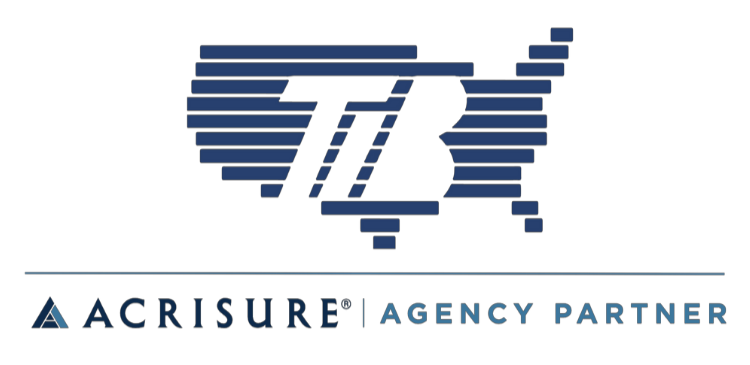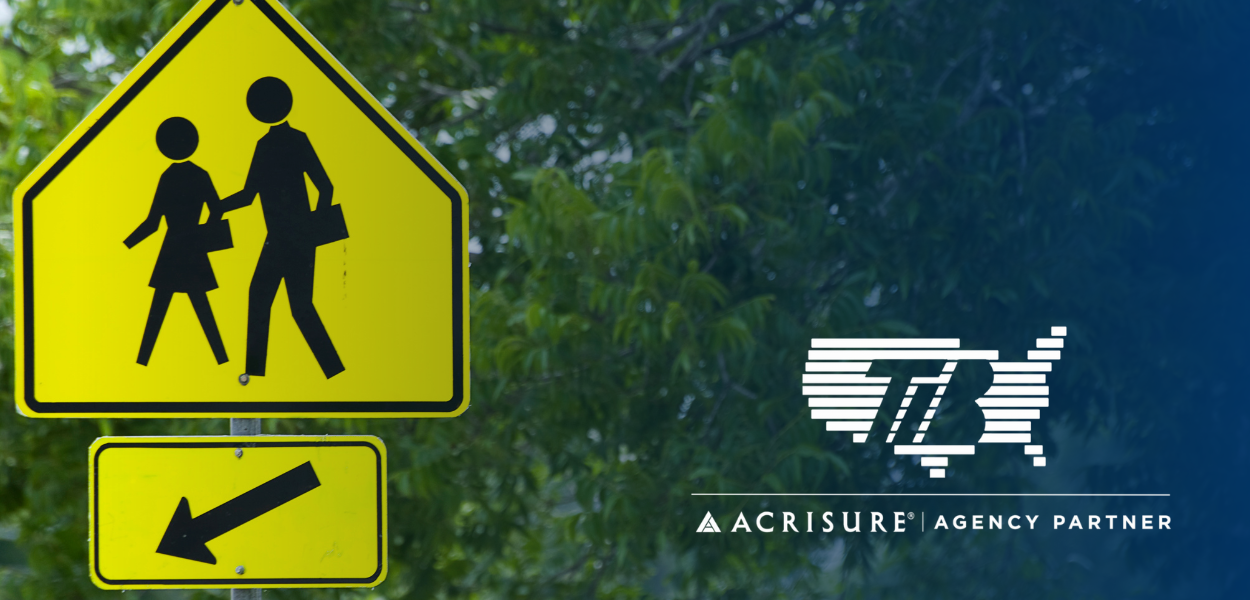Today’s urban landscape is bustling with foot traffic, making pedestrian safety a top priority for transportation companies across the country. It’s essential for anyone operating in the industry to understand and debunk common misconceptions surrounding pedestrian laws to ensure the safety of both pedestrians and your passengers. In this blog, we will provide valuable insight into how transportation companies can play a crucial role in upholding pedestrian safety.
Myth #1: Pedestrians Are Solely Responsible for Their Safety
It’s a fairly common misconception that pedestrians bear the sole responsibility for their safety. While pedestrians must always exercise caution, transportation companies and others on the road play a vital role in creating a safe environment. Drivers must always adhere to traffic laws and be vigilant, especially at crosswalks and pedestrian-heavy areas.
Tip #1: Stop for Pedestrians at Crosswalks
One of the most important rules for ensuring safety is stopping for pedestrians at crosswalks. Not only is it a legal obligation in many jurisdictions, but it’s also a fundamental aspect of road safety and common courtesy. Transportation companies should take the initiative to educate their drivers about the importance of yielding to pedestrians at marked and unmarked intersections. This helps build safe driving habits and ensures pedestrians have a safe path to cross.
Myth #2: Pedestrians Are Always Visible
While it’s ideal for pedestrians to stay visible, factors like adverse weather conditions, poor lighting, or obstructed views can make them hard to spot at times. It should be heavily emphasized for drivers to slow down and exercise heightened caution when driving through areas with high foot traffic.
Tip #2: Slow Down and Stay Alert
Encourage your drivers to reduce their speed when approaching intersections, crosswalks, and areas with heavy pedestrian activity. When drivers remain conscious of their surroundings and actively look out for pedestrians, it significantly reduces the risk of an accident and ensures the safety of all road users.
Myth #3: Pedestrian Laws Don’t Apply at Night
Some drivers mistakenly believe that pedestrian laws may not apply during certain times of the day, such as late at night. However, pedestrians have the right of way regardless of the time, and it’s essential for drivers to always remain compliant with traffic regulations no matter the time.
Tip #3: Follow Laws 24/7
Remind your drivers that pedestrian laws are in effect 24/7. Encourage them to always be cautious and respectful of pedestrians, even late at night when it may appear there are no pedestrians outside. By consistently adhering to these laws, transportation companies can contribute to a safer road environment and prevent accidents.
Myth #4: Jaywalking Is Always the Pedestrian’s Fault
While jaywalking (crossing the street outside of a designated crosswalk) is discouraged and oftentimes illegal, not all incidents involving pedestrians are their fault. It’s crucial to remember that pedestrians might cross at any place and at any time, meaning drivers must remain attentive to such situations.
Tip #4: Anticipate Pedestrian Behavior
Transportation companies should train their drivers to anticipate pedestrian behavior and be prepared for sudden, unexpected actions. Encouraging drivers to remain patient, observant, and always drive defensively will help prevent accidents and foster a more cooperative relationship between pedestrians and drivers.
TIB Insurance: Where Safety Meets Compliance
Prioritizing pedestrian safety is not just a legal obligation, but a moral responsibility. By debunking common myths and providing practical tips we can ensure compliance with pedestrian safety laws while creating a safe environment for everyone.
At TIB Insurance, we pride ourselves on promoting a culture of safety and respect. Through educational resources and comprehensive transportation insurance, we can protect both your company and pedestrians alike. Please contact us today to set up an appointment and learn how we can safeguard your fleet of vehicles.



